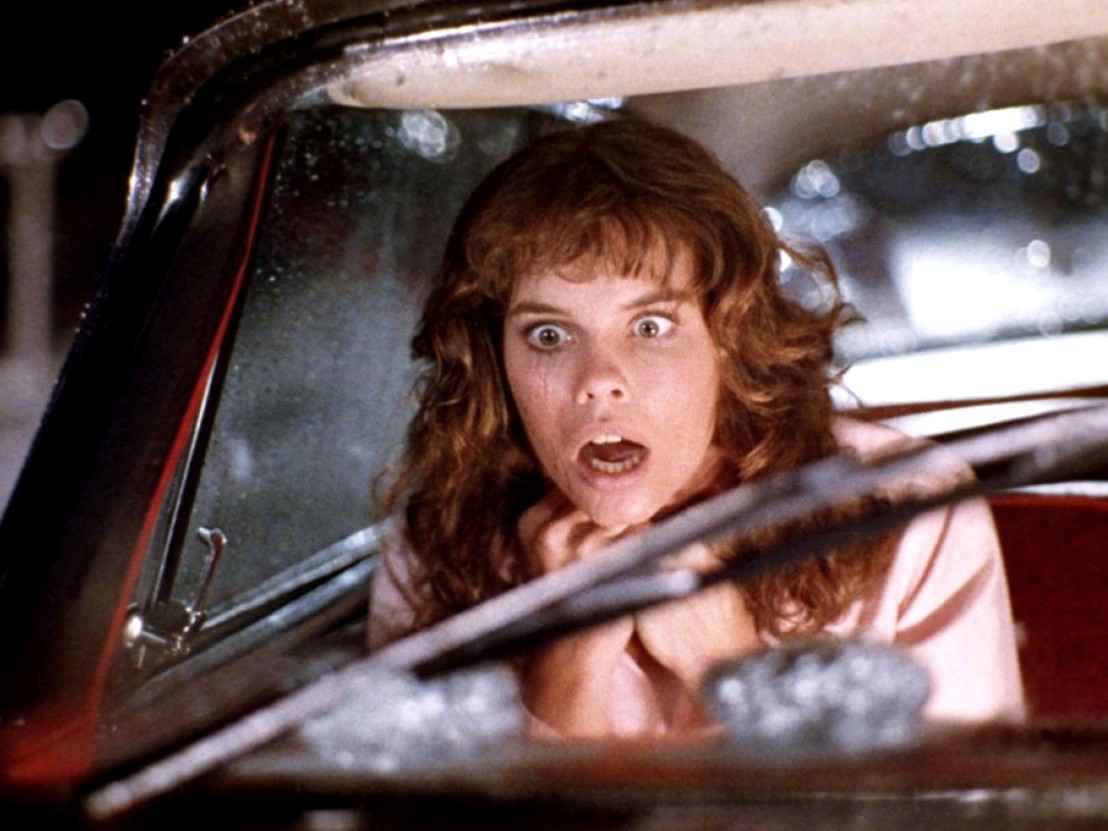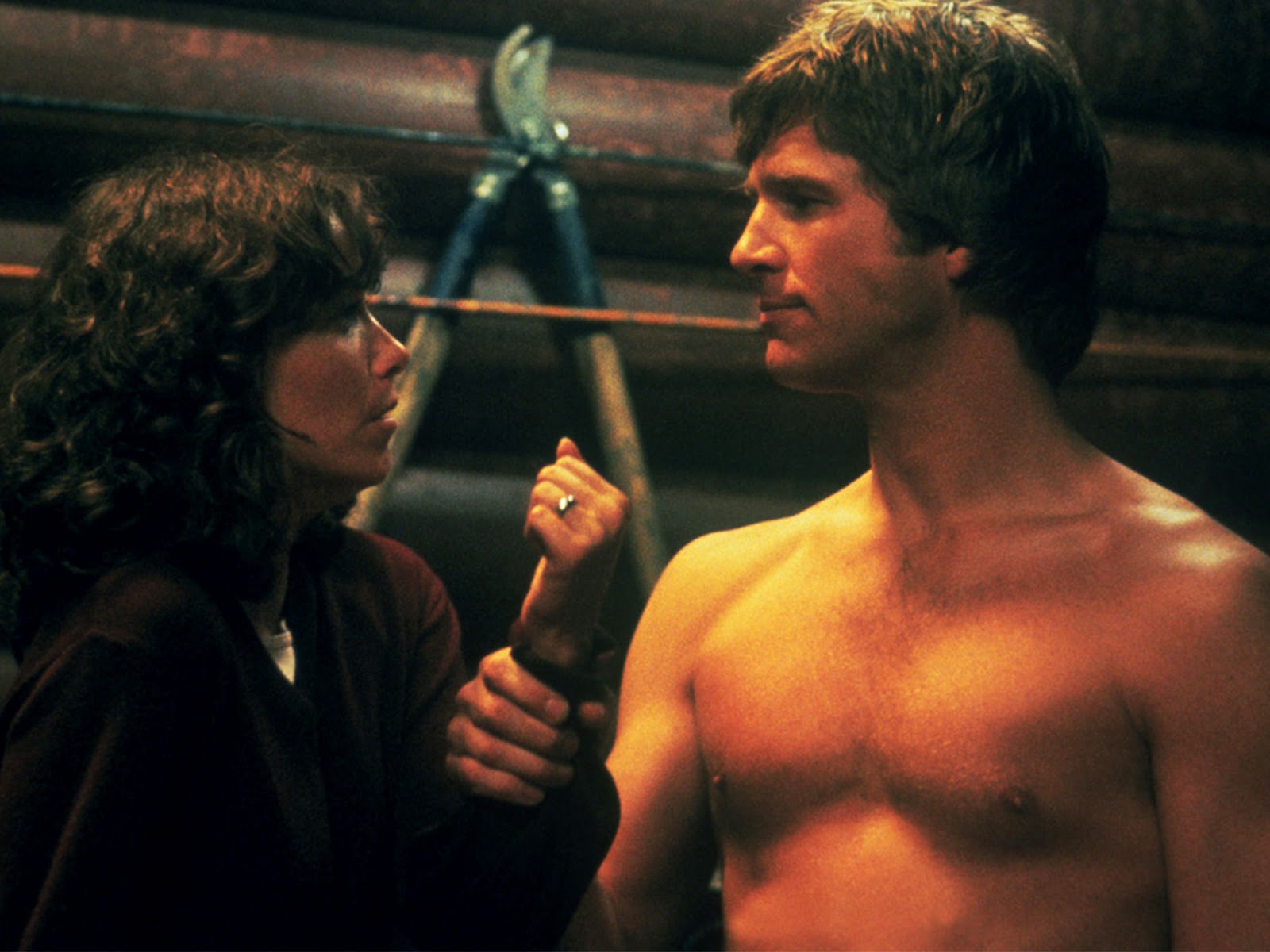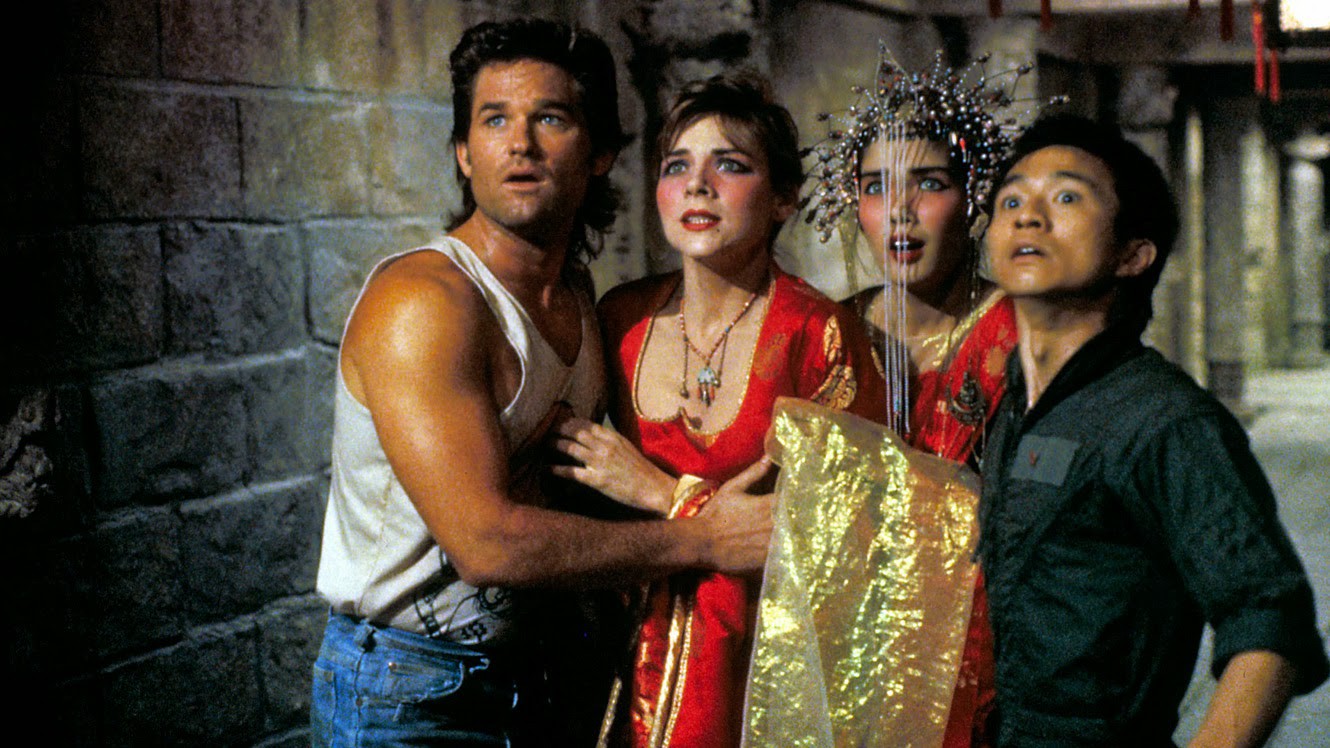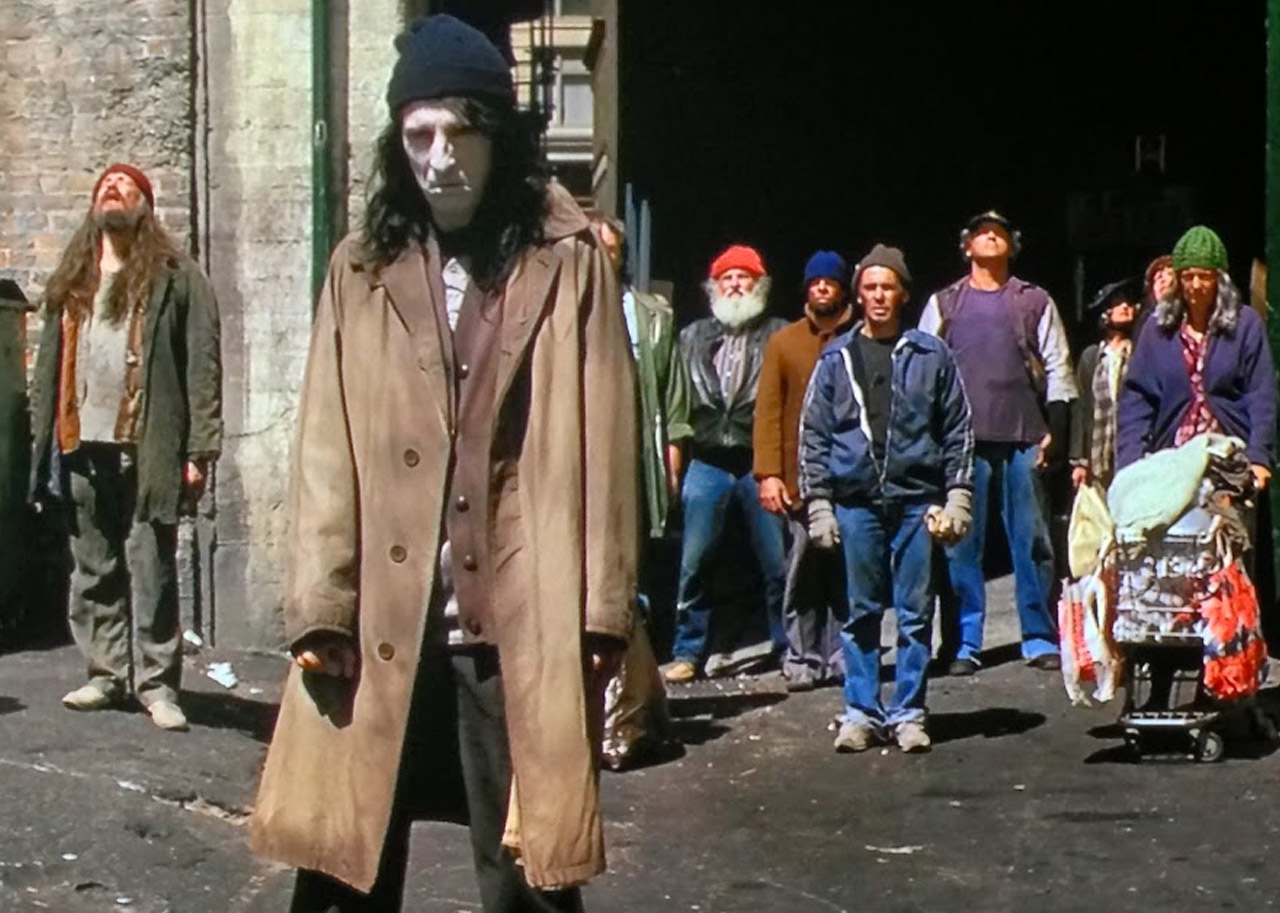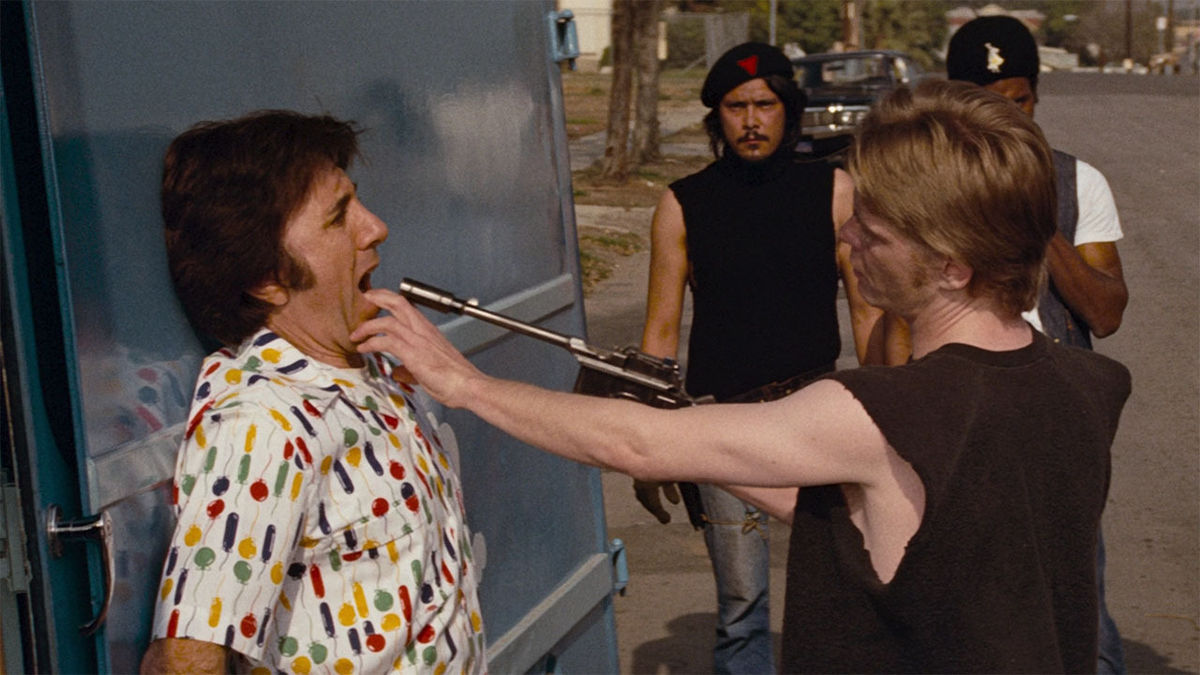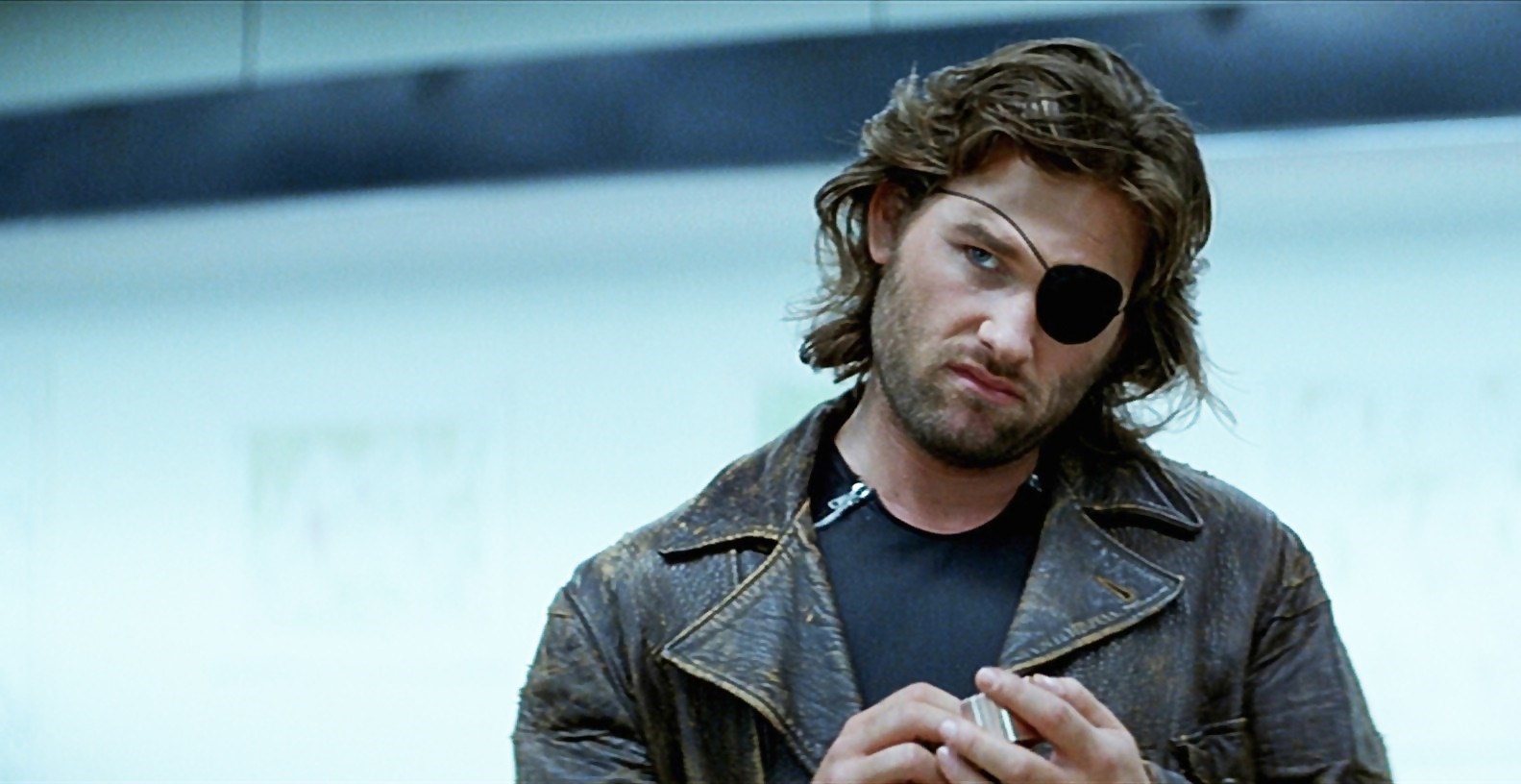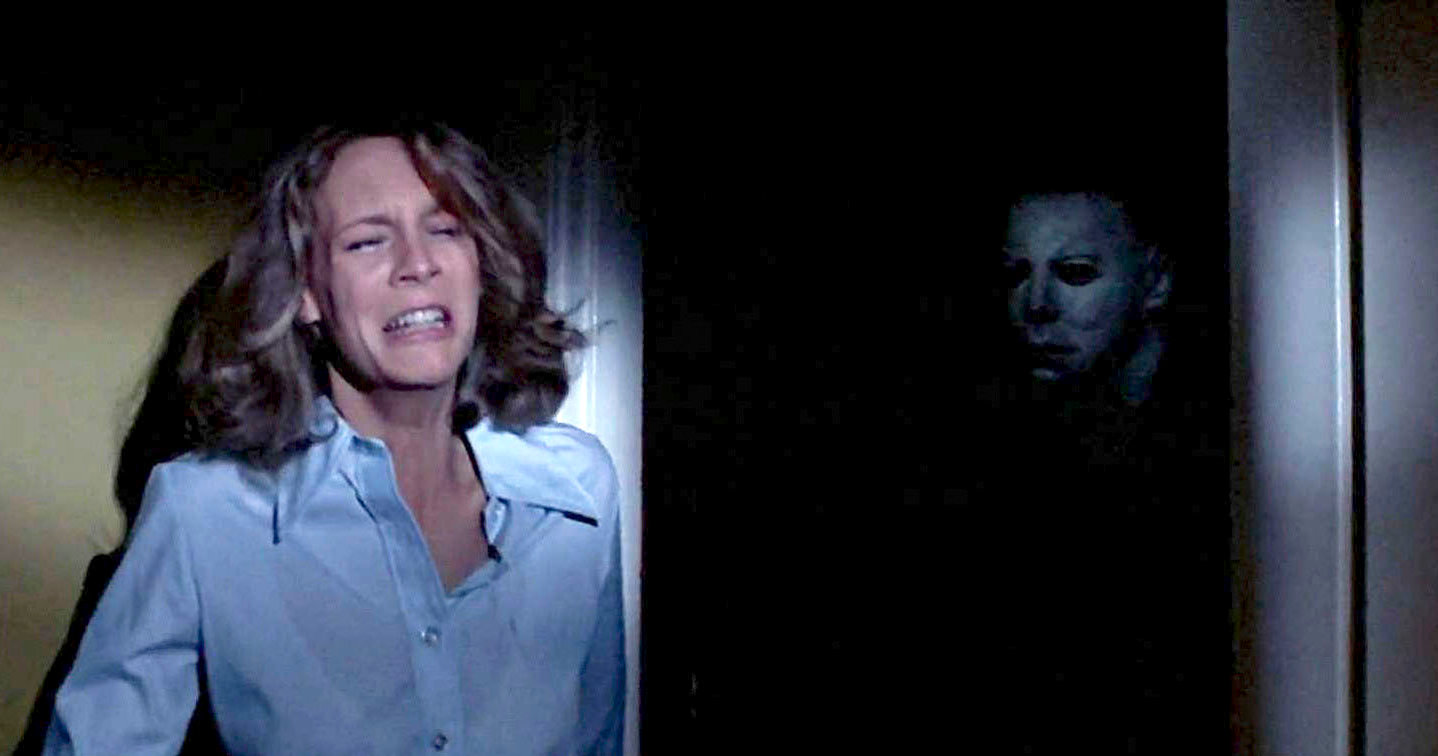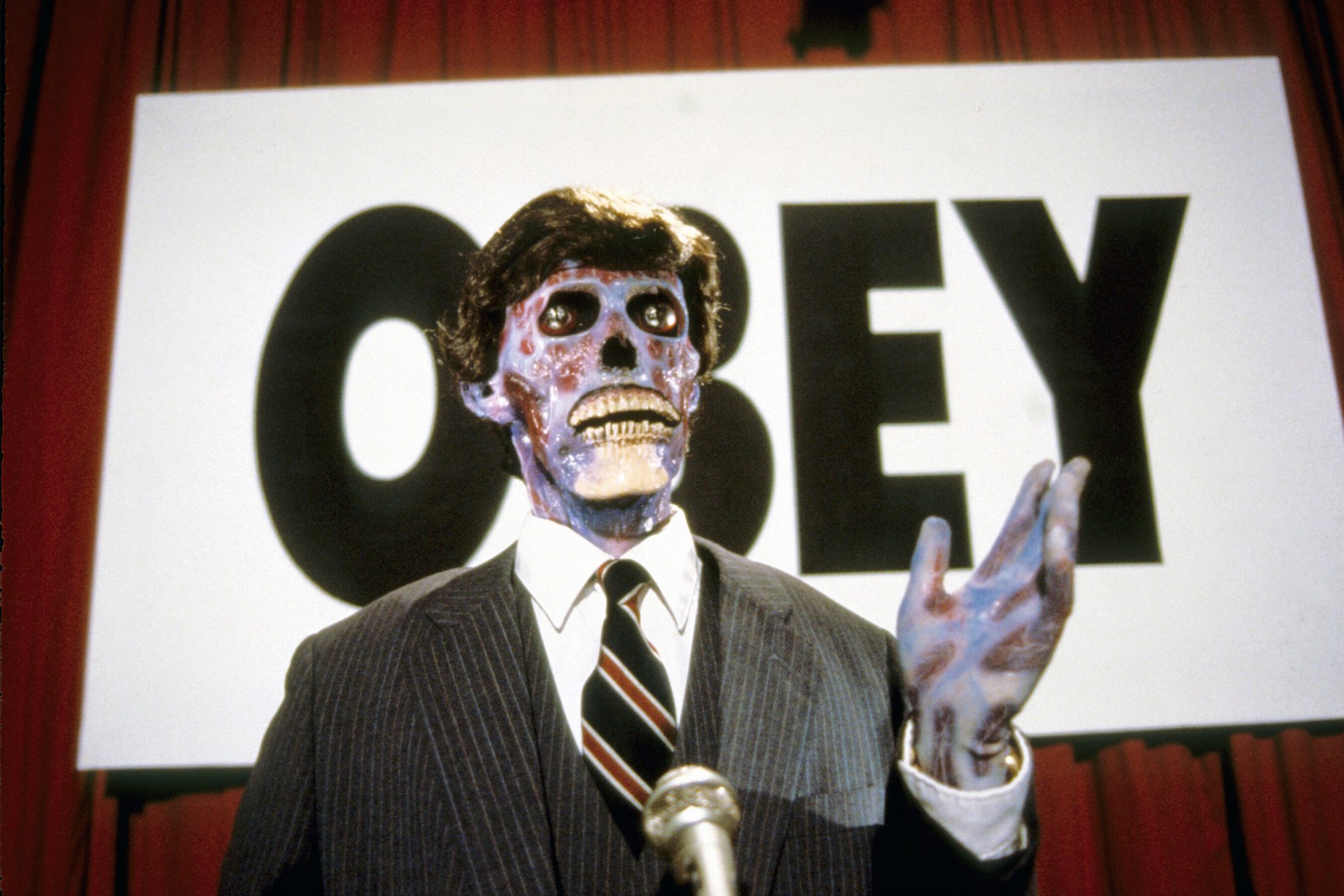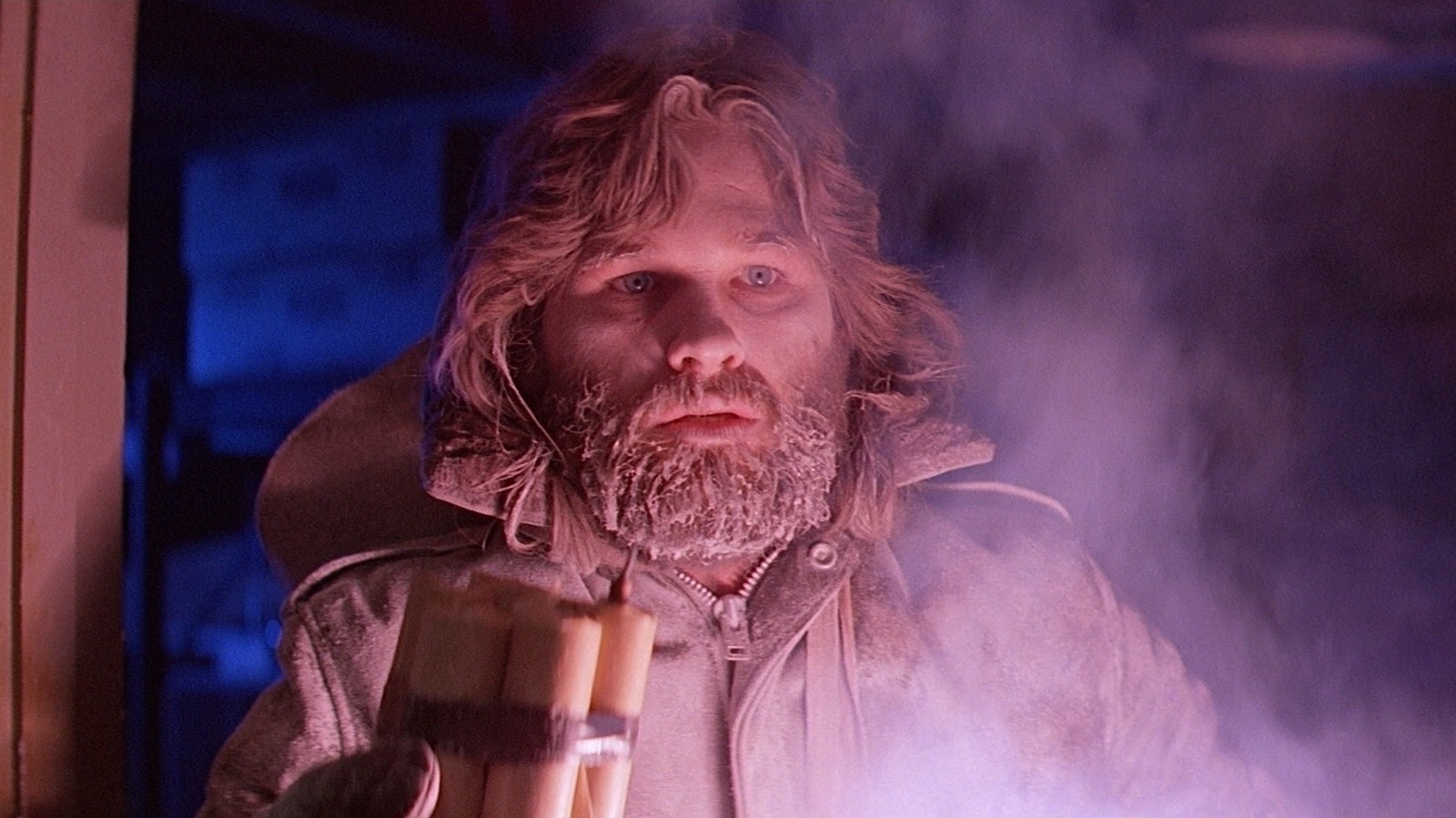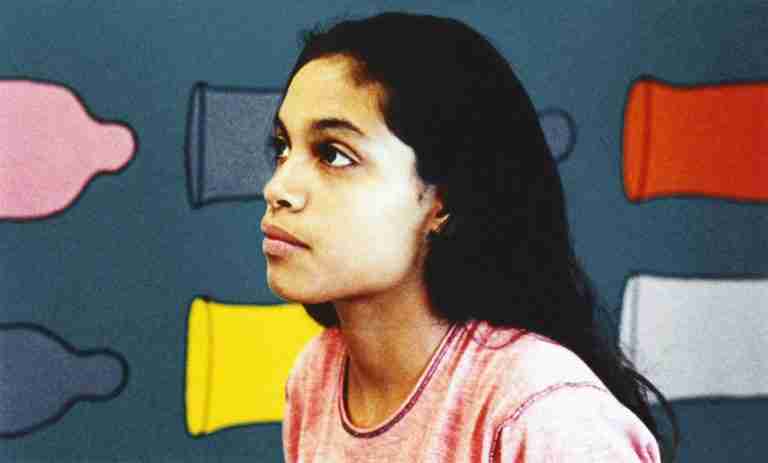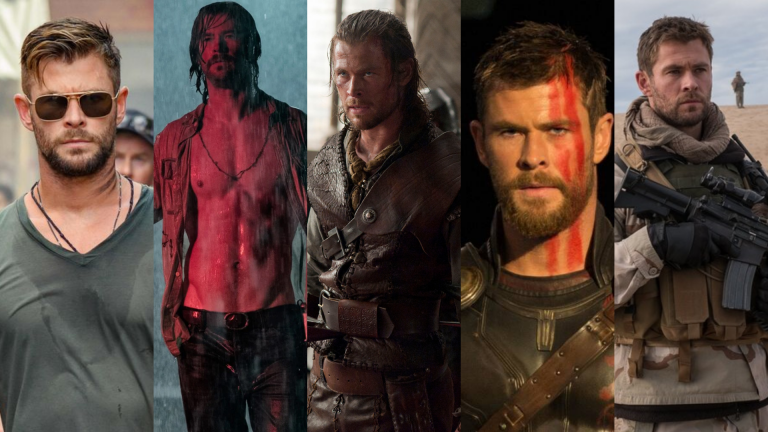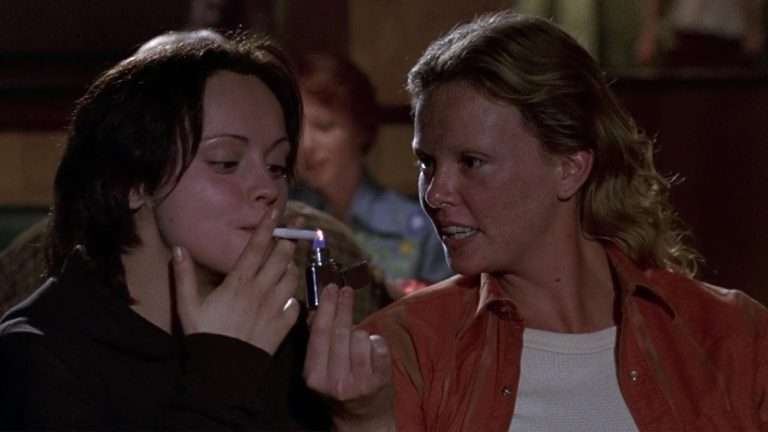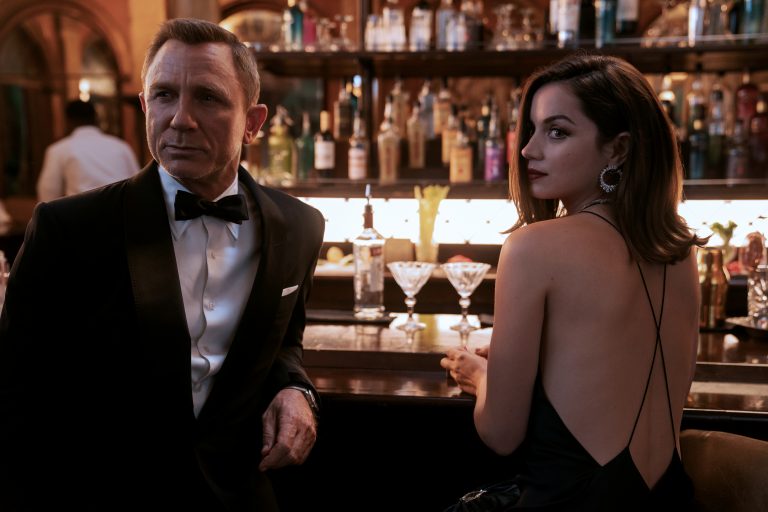Best John Carpenter Movies: The name John Carpenter rarely pops up in discussions about innovative auteurs, yet he is a filmmaker whose influence knows no bounds and whose films have inspired a hybrid set of filmmakers and films. As a director, few have defined a cinematic genre’s trajectory as masterfully as him, and even fewer have had as lasting an impact on a musical genre as he has. A Carpenter film has an identity that’s unforgettable, the tense atmosphere, the haunting visuals, the demonic synths, the ground-breaking practical effects, and a lead that always kicks ass.
Today, we rank all the movies that helped place Carpenter into an elite league of maestros. While they are rated from #10 to #1, every film is just stacked with endless thrills and entertainment. Such is the unique quality of all his films that it became an almost impossible task to rank them, but we tried doing our best!
10. Christine (1983)
Indian audiences might be familiar with the infamous ‘Taarzan: The Wonder Car’, but only few are aware that it’s a remake of Carpenter’s ‘Christine’. While the former would redeem itself among ‘so bad, it’s good’ enthusiasts, ‘Christine’ is, in fact, one of the best teenage horror films. The director turns Stephen King’s source material into a much more sinister exploration of obsession and the darker side of adolescence.
Christine’s blend of horror and coming-of-age storyline, along with the legendary red 58’ Plymouth Fury that could smash Jessica Rabbit out of the park, has made it a big cult hit. The film’s memorable score, led by Johnny Ace’s ‘Pledging My Love’ and Carpenter himself, as well as the unforgettable practical effects to bring the car to life, have smitten horror fans for generations. It also makes for a terrific double billing with David Robert Mitchell’s ‘It Follows,’ with the latter’s atmosphere and score clearly inspired by early Carpenter.
9. Starman (1984)
Probably the most off-beat film on this list, ‘Starman’ starring the ever so charming Jeff Bridges in one of the most wholesome films to watch on a date night. On the surface, Starman might appear to be a cheesy film from the glitzy 80s, but under Carpenter’s compassionate direction and Bridges-Allen’s heartwarming chemistry, it transforms into a touching love story.
Starman, an emotional intergalactic romance, beautifully explores themes of communication and the search for connection. It reminds me of the quote from “Interstellar” about love being the only thing that transcends time and space. Unlike many Hollywood romances, the movie treats grief and death with utmost tenderness rather than as plot devices to be stepped on. Carpenter is more concerned about the heart of his characters than the genre tropes. He gives them as much time as they need to emote and bloom.
8. Big Trouble in Little China (1986)
Kurt Russell and John Carpenter can never go wrong, even when they decide to defy the stereotype that surrounds their collaborations. With ‘Big Trouble in Little China,’ the duo uses their action expertise to take viewers on an absurdist comical journey that honestly leaves me wondering what the writers were on. Carpenter attempted to invert the clichés of Hollywood action films, clearly influenced by the wave of crazed supernatural martial arts fantasy films emerging from Hong Kong in the 1970s and 1980s. Kurt Russell does a complete 180 and plays a rather inept hero who battles an evil sorcerer’s forces alongside his Asian American sidekick, who is, simply put, a martial arts master. This is the core of the humor in the movie.
Unlike the typical whitewashing of the martial arts genre in many Hollywood productions, Carpenter recreates San Francisco’s Chinatown with pillars embedded with the most vibrant gems of Chinese lore. In fact, Big Trouble was unique for its time because it featured a cast that was literally packed with actors of Asian descent, and any film starring both James Hong and Victor Wong was always bound to be a certified classic.
7. Prince of Darkness (1987)
‘Prince of Darkness’ is probably John Carpenter’s most overlooked film. This inter-dimensional horror, the second installment of his ‘Apocalypse Trilogy’, centers on a team of scientists who unearth a mysterious liquid that turns out to be, you won’t believe it, the physical manifestation of Satan! The film hits all the right notes as it explores faith in conflict with the nature of evil, a territory that Carpenter’s ingenious mind has long called home. ‘Prince of Darkness’ has the most ominous visuals ever seen in a Carpenter production, and it plays exactly like a Lovecraftian tale with an apparent sci-fi setup that morphs into an abyss of the absurd.
What baffles me is the amount of layers Carpenter manages to pack into one film, to the point where it becomes a feverish nightmare. And if that’s not enough, there’s an Alice Cooper cameo to make sure you definitely have something to remember the movie by. In Prince of Darkness, every fragment of reality ceases to exist as we know it, and whether it’s time, death, or life, it all begins to evaporate into elements that are not only beyond our control but also beyond our perception.
6. Assault on Precinct 13 (1976)
What began as a low-budget exploitation film evolved into one of the most powerful action thrillers of the 1970s. It’s difficult to imagine any filmmaker making such an intense film on a $100,000 budget, with action sequences better orchestrated than most films since its release. This is when the world first experienced Carpenter’s distinctive atmosphere since the storyline is surprisingly minimal, which makes the task of holding the audience’s attention very challenging. Carpenter practically accomplished what ‘Raid’ and ‘Dredd’ would achieve almost four decades later!
‘Assault on Precinct 13’ is so brutal, it managed to blow George A. Romero’s mind, yes, the same Romero who shook the world with his ‘Night of the Living Dead’. Carpenter, in fact, draws heavily on the zombie classic to propel the “survival horror” sub-genre forward. Since the filmmaker’s first film ‘Dark Star’ was more or less a student film, Assault is where Carpenter gets the license to exhibit his genius, with the riveting electronic score and trendsetting practical effects.
5. Escape from New York (1981)
Imagine The Man with No Name walking around the ruins of a dystopian New York, an eye patch in place of the hat and a submachine gun for a revolver, embroiled in a war between the US government and a crime boss. This is Kurt Russell in Carpenter’s ‘Escape from New York’, in his most charismatic performance, which would later serve as the inspiration for Solid Snake in Hideo Kojima’s ‘Metal Gear Solid’.
In a way, ‘Escape from New York’ is the perfect spiritual successor to ‘Assault on Precinct 13’. Both films share a gritty and deadly atmosphere and the splitting feeling of claustrophobia. It’s fascinating to see Carpenter being innovative with his vision and production design despite the limited budget. The film’s production value is exceptional for the time period, especially the use of miniatures and optical effects to create its post-apocalyptic world. The scene in which Snake crash lands a stealth glider on the World Trade Center particularly stands out. Carpenter transforms a standard spaghetti western into a cyberpunk cultural monument with dramatic shootouts and explosions, a dystopian death-match, re-imagined tech, and total anarchy.
4. Halloween (1978)
The fact that John Carpenter’s most well-known movie is ranked #4 on our list may surprise some readers. Let me assert that this doesn’t take anything away from Halloween’s quality, and almost 45 years later, it remains a mainstay in Western pop culture, with Universal making millions off of reboots and merchandise. But unlike the belief that Halloween invented the slasher, it instead perfected it. From Hitchcock’s ‘Psycho’ to Powell’s ‘Peeping Tom,’ from Bava’s ‘Blood and Black Lace’ to Bob Clark’s ‘Black Christmas,’ Carpenter brought together elements to create a demonic potpourri, a film that would be the ultimate ‘slasher,’ the shining blueprint for the 80s to look up to.
Carpenter devoted himself to the craft rather than dabbling in gore, focusing on the tense score, unnerving atmosphere, menacing camera angles, and—most importantly—the immortal Michael Myers. Michael Myers’ genius lies in the fact that all of his monstrosity is contained within the body of a man, and while monsters are fictitious, people are not. Halloween’s impact is also grounded in its subversion of the familial American suburbia, which injects evil within a protected society to shatter its erroneous image, much akin to what David Lynch would achieve with ‘Blue Velvet.’
3. They Live (1988)
‘They Live’ was ‘Fight Club’ before Fight Club, a cult classic with such a great rewatch value that you’ll discover new things to love every time you watch it. Carpenter loves blending genres, and They Live is a prime example, combining elements of horror, science fiction, dark comedy, action, and political intrigue to create one of the finest commentaries on neoliberalism and Reaganomics. Philosopher Slavoj Zizek, in his documentary ‘The Pervert’s Guide to Ideology’, describes the film best as “…They Live lets you see the dictatorship in democracy, the invisible order which sustains your apparent freedom…”.
The film is laden with Carpenter’s quirks, like the nameless lead played by WWE wrestler Roddy Piper, the famous alley fight sequence, the goofy dialogues, the unthinkable plot reveals, and a charismatic swagger that only he could pull off. Though Carpenter borrowed extensively from the 50’s sci-fi scene that was formed on the back of the UFO hysteria, ‘They Live’ is sophisticated enough to be more in the spirit of cult-classics like ‘Repo Man’ or ‘RoboCop.’
2. In the Mouth of Madness (1994)
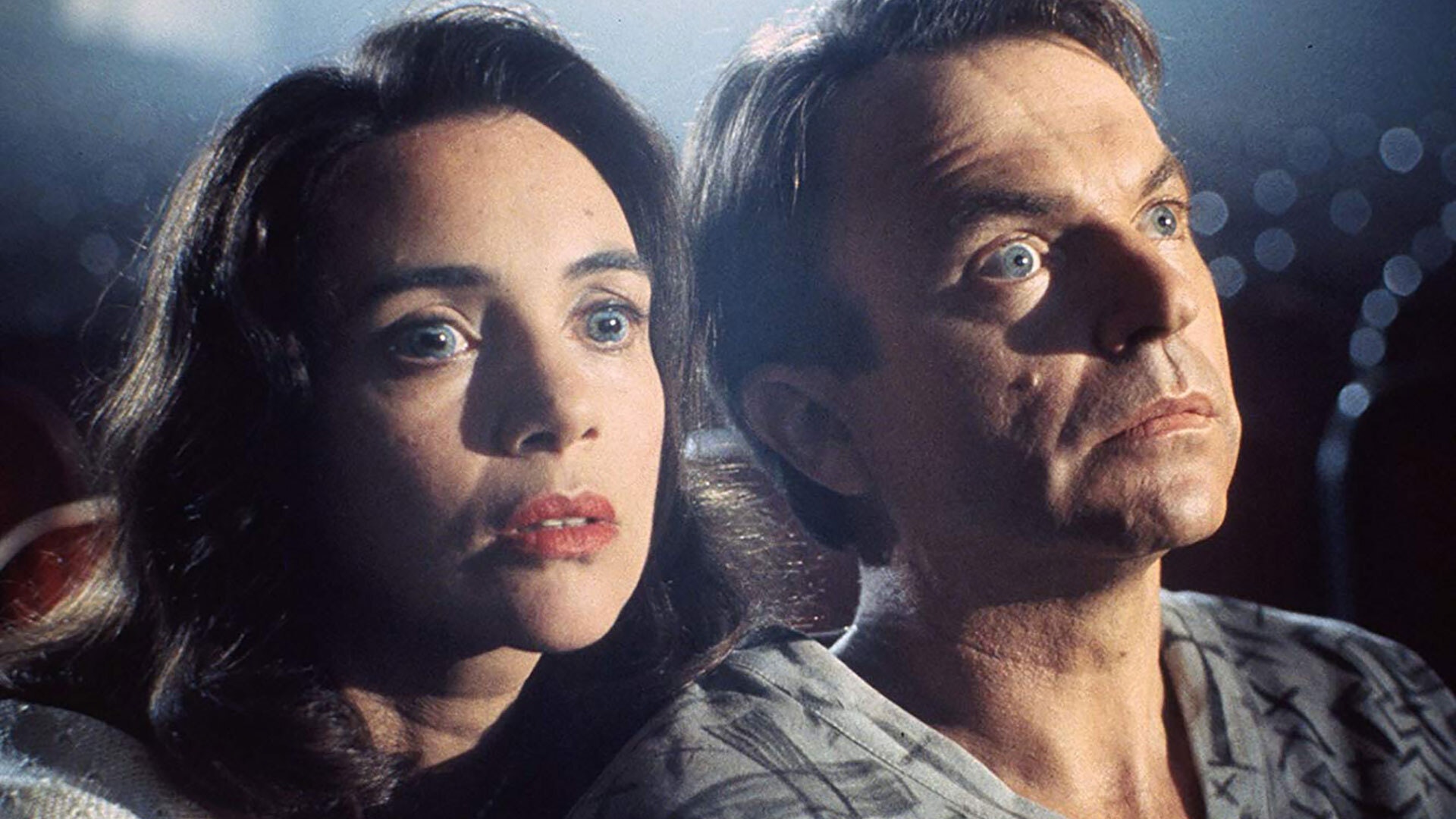
‘In the Mouth of Madness’ is not the first name that you’d hear in a conversation about John Carpenter, nor even the second or third. However, this masterful fusion of Lovecraft and Stephen King has an indomitable reputation among horror fans, owing to the filmmaker’s unrelenting ambition to materialize something of this scale on the big screen. There is no better way to conclude the ‘Apocalypse Trilogy’ than with a cerebral tribute that perfectly captures the fear of the unknown.
The premise itself is so captivating, with an insurance investigator dispatched to a small town in the Mecca of the Supernatural, New England. Through the central characters, Carpenter weaves a story that’s drowning in themes of reality and its association with the power of storytelling, which adds a deeper layer to the meaning of insanity. The talented Sam Neil acts as a veiled mirror, gradually revealing itself to force us to confront the delusional underbelly of our ability to perceive. It’s arguable that ‘In the Mouth of Madness’ has the best final third of any Carpenter film, with the editing, practical effects, and shocking twists and turns all combined to create a truly traumatizing finale.
1. The Thing (1982)
Despite his association with the legend of Halloween in pop culture, ‘The Thing’ will always remain Carpenter’s magnum opus. The Thing, which was once derided by both critics and viewers, has now earned a reputation as one of the best horror movies ever made. As a testament to its quality, it holds the #1 position on Letterboxd in the genre. It’s impossible to overstate what makes The Thing such a marvelous piece of art – Ennio Morricone’s eerie score, Rob Bottin’s otherworldly special effects, Dean Cundey’s terrorizing and claustrophobic cinematography, grilling performances from every cast member, especially Kurt Russell, who delivers his strongest performance, and of course John Carpenter’s visionary direction.
‘The Thing’ is what Carpenter himself describes as internal horror – the unwavering fear of the human heart. There’s no monster capable of generating as much trauma and paranoia in people as people themselves, and the rules of the world always try to keep us bound to an unspoken contract of trust. But once you’re removed from that world, without the binding, you’re liable to be sacrificed at the altar of uncertainty, and this is what the director exposes. The atmosphere of dread in The Thing is so palpable, it cuts so deep in your gut, you’ll turn around every now and then to make sure it’s not the devil running his fingers down your spine, only to be confronted by the true culprit – your heart!

